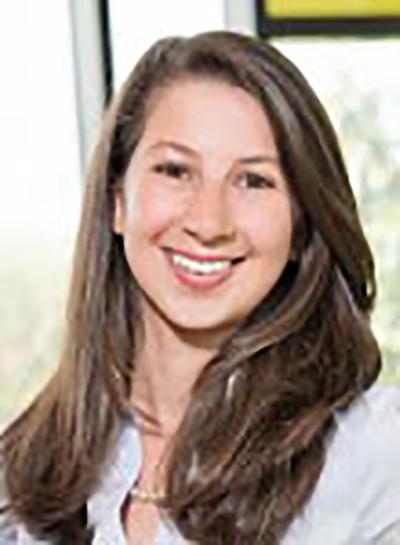
Thursday, January 16, 2020
3:30-4:30 PM
4th Floor Amphitheatre
Rackham Graduate School (Horace H.)
Map
"Capturing the First Picture of a Black Hole & Beyond"
This talk will present the methods and procedures used to produce the first image of a black hole from the Event Horizon Telescope, as well as future developments. It had been theorized for decades that a black hole would leave a "shadow" on a background of hot gas. Taking a picture of this black hole shadow would help to address a number of important scientific questions, both on the nature of black holes and the validity of general relativity. Unfortunately, due to its small size, traditional imaging approaches require an Earth-sized radio telescope. In this talk, I discuss techniques the Event Horizon Telescope Collaboration has developed to photograph a black hole using the Event Horizon Telescope, a network of telescopes scattered across the globe. Imaging a black hole’s structure with this computational telescope required us to reconstruct images from sparse measurements, heavily corrupted by atmospheric error. This talk will summarize how the data from the 2017 observations were calibrated and imaged, and explain some of the challenges that arise with a heterogeneous telescope array like the EHT. The talk will also discuss how we are developing machine learning methods to help design future telescope arrays.
NEW LOCATION: Rackham Amphitheatre, 4th Floor
Please note: Should you require any accommodations to ensure equal access and opportunity related to this event please contact Stacy Tiburzi at 734-764-3440 or stibu@umich.edu.
This talk will present the methods and procedures used to produce the first image of a black hole from the Event Horizon Telescope, as well as future developments. It had been theorized for decades that a black hole would leave a "shadow" on a background of hot gas. Taking a picture of this black hole shadow would help to address a number of important scientific questions, both on the nature of black holes and the validity of general relativity. Unfortunately, due to its small size, traditional imaging approaches require an Earth-sized radio telescope. In this talk, I discuss techniques the Event Horizon Telescope Collaboration has developed to photograph a black hole using the Event Horizon Telescope, a network of telescopes scattered across the globe. Imaging a black hole’s structure with this computational telescope required us to reconstruct images from sparse measurements, heavily corrupted by atmospheric error. This talk will summarize how the data from the 2017 observations were calibrated and imaged, and explain some of the challenges that arise with a heterogeneous telescope array like the EHT. The talk will also discuss how we are developing machine learning methods to help design future telescope arrays.
NEW LOCATION: Rackham Amphitheatre, 4th Floor
Please note: Should you require any accommodations to ensure equal access and opportunity related to this event please contact Stacy Tiburzi at 734-764-3440 or stibu@umich.edu.
| Building: | Rackham Graduate School (Horace H.) |
|---|---|
| Website: | |
| Event Type: | Lecture / Discussion |
| Tags: | astronomy, astrophysics, Climate and Space Sciences and Engineering, lecture, physics |
| Source: | Happening @ Michigan from Department of Astronomy, Department of Physics, Michigan Institute for Research in Astrophysics |

